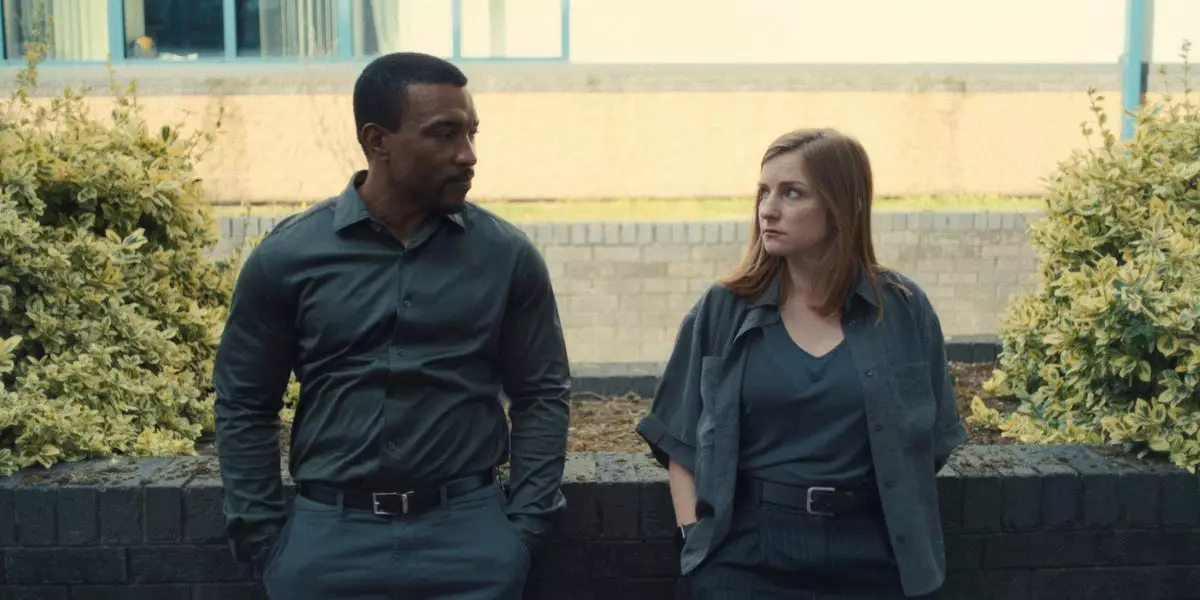Netflix’s television series *Adolescence* has captured the audience’s imagination, particularly with its second episode, which features a nail-biting climax. The unexpected twists and emotional depth have left viewers at the edge of their seats. At the heart of this captivating episode lies a pivotal scene that redefines the relationship between character and narrative, illustrating how creative risks can pay off dramatically on-screen.
Behind the Scenes: Creative Collaboration
During a recent interview on *The Rest Is Entertainment* podcast, co-creator and star Stephen Graham, who portrays Eddie, and director Philip Barantini disclosed the meticulous process behind this critical scene. Initially intended as a straightforward street-level shot, the creative team had to make some bold decisions that veered from convention. Such spontaneity is often a double-edged sword—either it elevates the scene or undermines its impact.
The team’s willingness to pivot came when a Netflix executive proposed a closing shot of Eddie at the murder scene, laying flowers for the victim, Katie. Rather than dismiss this idea as impractical, Barantini embraced the challenge. This decision exemplifies a key principle in filmmaking: sometimes, the best moments arise from improvisation and collaboration, allowing for a creative spark that can transform mundane scenes into something breathtaking.
Technical Challenges: The Logistics of Filming
The production was not without its hurdles, as highlighted by Director of Photography Matt Lewis. The technical complexity of filming with a drone introduced a new layer of challenges, especially given the windy conditions in Pontefract, where the shoot took place. It is intriguing to consider how these logistical obstacles could have derailed the emotional trajectory of the episode. Yet, driven by dedication and an instinct for narrative, Lewis summoned the courage to push for one final shot, leading to an extraordinary moment of catharsis. The weight his experience brought to the revelation is palpable; his belief in the scene’s potential underscores the importance of vision in artistic endeavors.
Exploring Alternative Scenarios
Interestingly, during their podcast discussion, Lewis and Barantini revealed alternative endings considered for this pivotal moment. One was to stick to the original plan of a street-level shot, while others included a fade-out over the city or placing Eddie at the school instead of the murder scene. These variations showcase how various decisions can shape the emotional context of the narrative. The final choice to feature Eddie at the murder site accentuates themes of loss and remorse, elements that resonate deeply with viewers. Such exploration highlights the multidimensional nature of storytelling, where every choice carries significant weight.
Ultimately, the decisions that led to this show-stopping moment in *Adolescence* reflect a larger narrative about the creative process itself. The combination of audacity, technical skill, and emotional investment spawned a scene that not only enhances the storyline but also invites viewers to engage in a deeper reflection on loss and redemption. This episode serves as a testament to what can be achieved when creators are both bold and collaborative in their approach.

